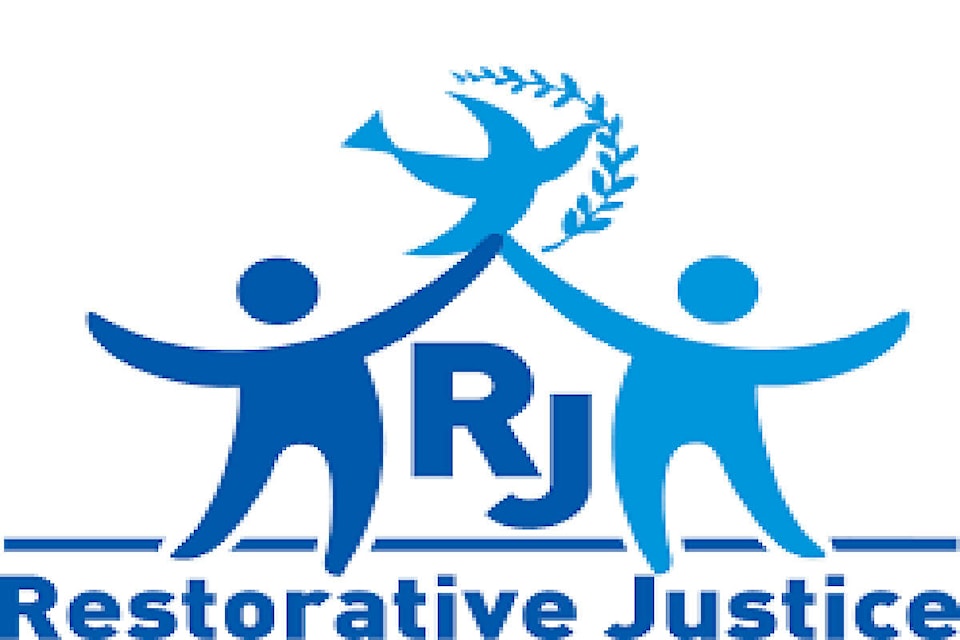The Restorative Justice Program can help a person go from vandalizing a community park to taking so much pride in their community that they organize annual cleanups.
Mark Provencal, Community Policing Co-ordinator and head of the South Okanagan Similkameen Restorative Justice Program, said the above example is simple but real.
“Our facilitators have shared some of their older files… seeing youth go from difficult places to places of pride and caring for their community. One of those files is from Princeton a few years ago when youth went into a newly restored park and did quite a bit of damage. The youth went through the Restorative Justice Program and one of the conditions was that they clean the park and restore it. On their own, they turned that into an annual thing for them for a time.”
The program, which is a choice for the victim and the perpetrator of the crime, sees the issue removed from the criminal court system and dealt with through a mediation process.
Usually the matter is either referred by the RCMP or Victim Services although individuals can ask to use the program if they are were having issues with neighbours or another situation not yet escalated to a criminal offence.
“We work on everything from minor shoplifting incidents, vandalism, graffiti, rocks thrown through windows, minor incidents mostly. But it could also be a neighbour dispute where they need help resolving something. These are minor issues. We typically work with youth but we work with people all the way up to senior citizens,” he said.
Provencal used shoplifting as an example of how the program works. A person steals something from a store and is arrested.
The person and the manager of the store choose to go through the Restorative Justice Program. The person meets with the victim, store manager, to hear about the impact of the theft.
“A lot of the time the person who takes something doesn’t think about how it impacts the business and the other customers that shop there. They just think it’s a faceless corporation but it’s not. People work there and with loss of revenue that might mean fewer people work there.”
The meetings are facilitated by a trained person who resides within the community.
Through the process the offender gains an understanding of the impacts of their decision on the other person and the victim receives an apology and is a part of deciding how the person should be punished.
“In the court system the victim and the person that did them harm don’t really get to have a dialogue. They might not get a chance to explain themselves and the person who was harmed might not get a chance to express the impact of that. Through the Restorative Justice Program both of them get a chance to get to know each other and really hear each other and move forward,” he said.
Provencal said Restorative Justice handles about 30 cases a year from the Similkameen and South Okanagan. The majority of offences happen in Penticton but each year several matters are referred to the program from smaller communities.
In 2016, three issues went through the Restorative Justice Program rather than the court system from the communities of Princeton and Keremeos.
Restorative Justice week is Nov. 19 to 26.
During the week the South Okanagan Similkameen Restorative Justice Program is holding a series of presentations starting in Osoyoos on Nov. 21 at 7p.m. at the Sonora Centre, then in Princeton on Nov. 22 at the library and in Penticton Nov. 23 at 7 p.m. at the library.
For more information call 250-490-2372.
